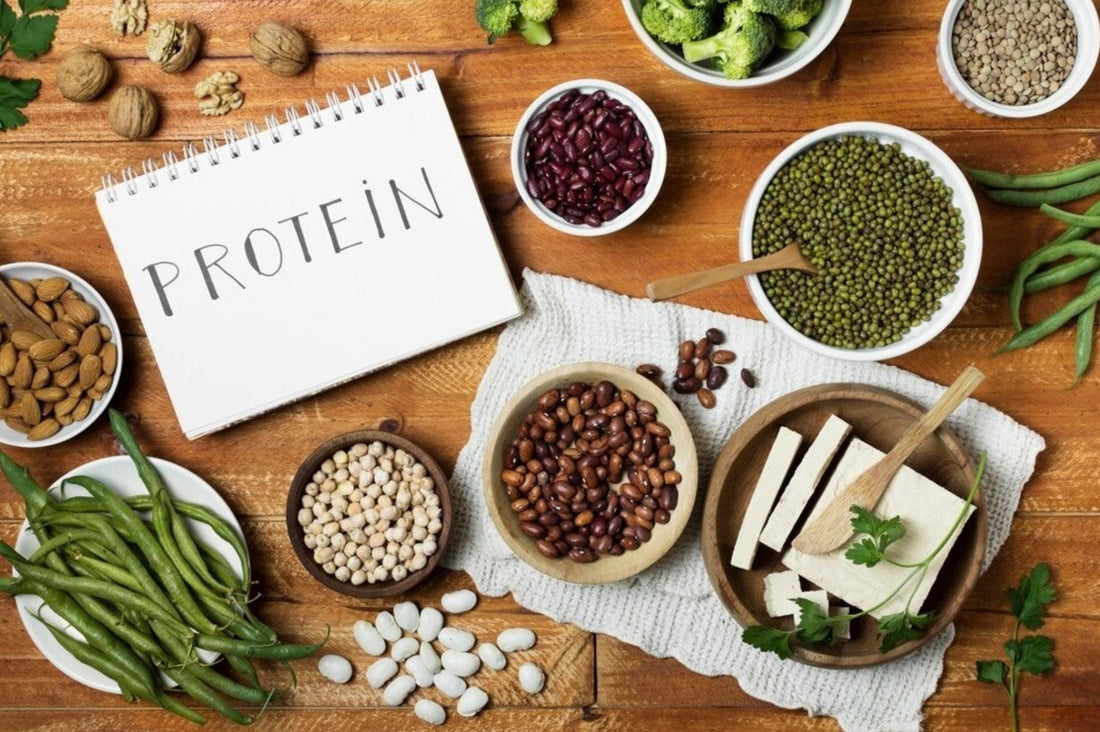
PERSONALIZED NUTRITION IN AYURVEDA: TAILORING DIETS FOR OPTIMAL HEALTH
Share
May 27, 2024
Introduction
As we move through 2024, the ancient science of Ayurveda is experiencing a resurgence, blending traditional wisdom with modern insights to create personalized nutrition plans. Ayurveda, which translates to "the science of life," is a holistic approach to health and wellness that emphasizes the balance of mind, body, and spirit. Personalized nutrition in Ayurveda tailors dietary recommendations to an individual’s unique constitution, or dosha, ensuring optimal health and well-being.
Understanding the Ayurvedic Doshas
In Ayurveda, health is understood through the concept of doshas, which are biological energies found throughout the human body and mind. The three doshas—Vata, Pitta, and Kapha—each represent different physical and mental characteristics.
- Vata (Air and Ether): Vata types are typically energetic, creative, and lively but can be prone to anxiety and irregular digestion.
- Pitta (Fire and Water): Pitta types are often determined, competitive, and strong-willed but may struggle with inflammation, digestive issues, and irritability.
- Kapha (Earth and Water): Kapha types are generally calm, steady, and nurturing but can face challenges with weight gain, lethargy, and congestion.
Personalized nutrition in Ayurveda focuses on balancing these doshas through tailored dietary and lifestyle practices.
How Personalized Nutrition Works in Ayurveda
Identifying Your Dosha
The first step in personalized Ayurvedic nutrition is identifying your primary dosha. This can be done through self-assessment questionnaires or consultations with an Ayurvedic practitioner. Understanding your dosha helps you tailor your diet to maintain balance and health.
Dosha-Specific Dietary Guidelines
Ayurveda provides specific dietary guidelines for each dosha, aiming to balance their unique characteristics.
- Vata Balancing Diet:
- Favor: Warm, cooked, and moist foods like soups, stews, and porridges.
- Avoid: Cold, dry, and raw foods like salads and crackers.
- Spices: Ginger, cumin, cinnamon, and cardamom.
- Pitta Balancing Diet:
- Favor: Cooling, hydrating foods like fruits, vegetables, and dairy.
- Avoid: Spicy, oily, and fried foods.
- Spices: Coriander, fennel, turmeric, and mint.
- Kapha Balancing Diet:
- Favor: Light, dry, and warming foods like grains, legumes, and steamed vegetables.
- Avoid: Heavy, oily, and sugary foods.
- Spices: Black pepper, ginger, garlic, and turmeric.
Seasonal Adjustments
Ayurveda also emphasizes the importance of adjusting your diet according to the seasons to maintain dosha balance.
- Spring (Kapha Season): Focus on light, dry, and warming foods to counterbalance the heavy and moist qualities of Kapha.
- Summer (Pitta Season): Incorporate cooling and hydrating foods to offset Pitta’s heat.
- Autumn (Vata Season): Eat warm, cooked, and nourishing foods to stabilize Vata’s light and dry nature.
- Winter (Vata Season): Continue with warm and hearty foods to keep Vata grounded and balanced.
Benefits of Personalized Nutrition in Ayurveda
Improved Digestion
By eating foods that align with your dosha, you can enhance your digestive fire, or Agni, which is crucial for nutrient absorption and overall health. Balanced Agni leads to improved digestion, reduced bloating, and regular bowel movements.
Enhanced Mental Clarity
A balanced diet tailored to your dosha can help stabilize your mind and emotions. For example, a Vata-pacifying diet can reduce anxiety, while a Pitta-soothing diet can decrease irritability.
Ayurvedic personalized nutrition can support weight management by promoting a balanced metabolism. By eating according to your dosha, you can prevent weight gain associated with Kapha imbalance or weight loss linked to Vata imbalance.
Disease Prevention
Ayurveda’s holistic approach emphasizes prevention over cure. By maintaining a dosha balance through personalized nutrition, you can prevent the onset of chronic diseases such as diabetes, hypertension, and inflammatory conditions.
Getting Started with Ayurvedic Personalized Nutrition
Step 1: Discover Your Dosha
Use online tools or consult with an Ayurvedic practitioner to identify your primary dosha. Understanding your dosha is crucial for tailoring your diet effectively.
Step 2: Follow Dosha-Specific Guidelines
Incorporate dietary recommendations specific to your dosha into your daily routine. Focus on balancing your meals with appropriate foods and spices.
Step 3: Seasonal Adjustments
Adjust your diet seasonally to maintain balance. This practice ensures that you stay in harmony with nature’s cycles and your body’s changing needs.
Step 4: Monitor and Adjust
Pay attention to your body’s responses and adjust your diet as needed. Regularly consult with an Ayurvedic practitioner to refine your personalized nutrition plan.
Conclusion
Personalized nutrition in Ayurveda offers a timeless approach to health and wellness by focusing on individual needs and natural balance. By understanding your dosha and adopting a tailored diet, you can enhance your digestion, mental clarity, weight management, and overall health. Embrace Ayurvedic personalized nutrition in 2024 to achieve a harmonious and healthy life.




